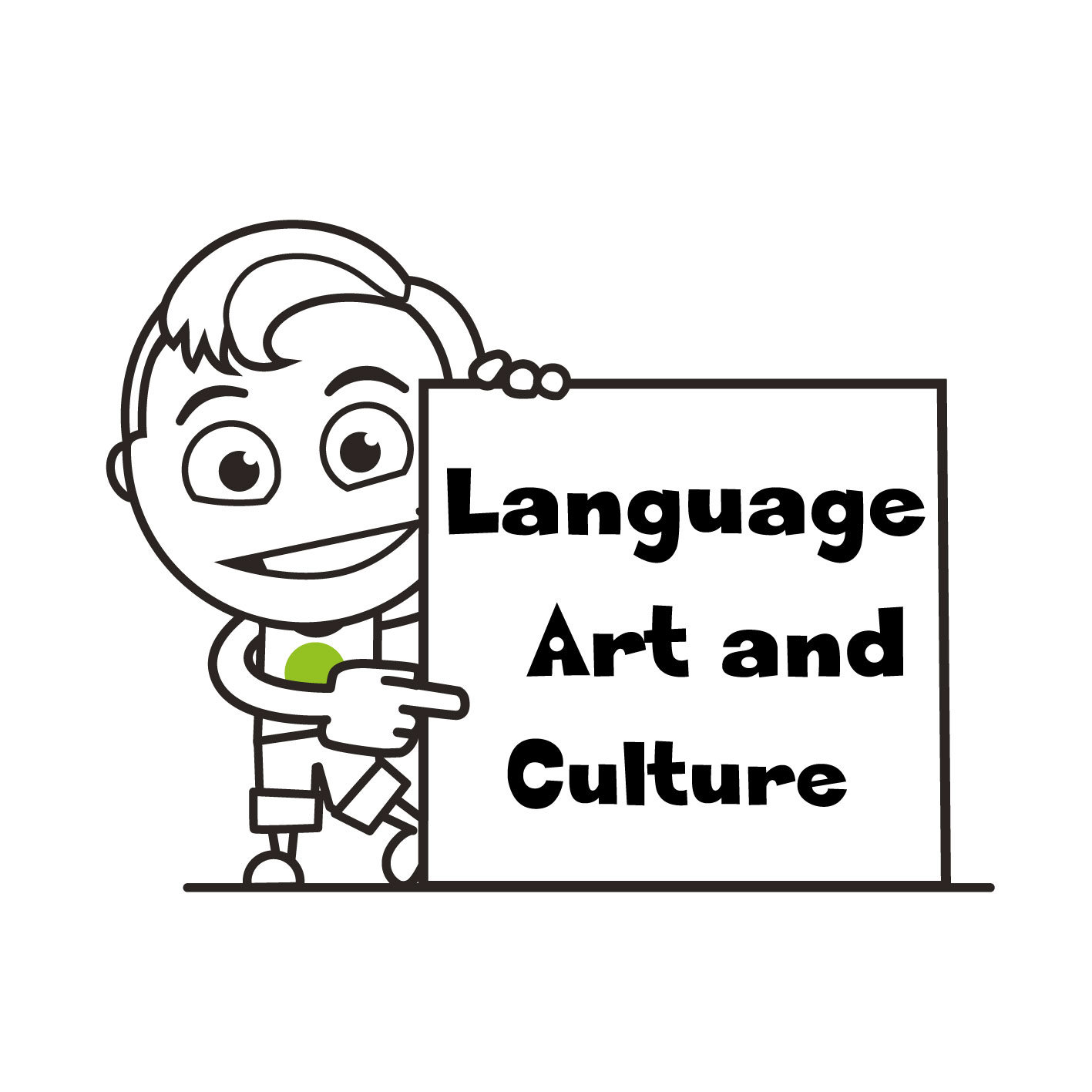
Venetic language
The Indo-European language spoken by the ancient Venetians from the Bronze Age. We have received inscriptions ranging from the sixth century BC. on the threshold of the Roman age, in the 2nd century BC.
Venetian authors in the Latin language
The Paduan historian Tito Livio (1st century BC) and the Veronese lyric poet Gaius Valerius Catullus (1st century BC), Venetian Roman citizens by birth, made an important contribution to classical Latin literature.
Venetian riddle
Composed between 700 and 800 AD. and found in the Capitolare library of Verona, it is considered the oldest document written in an Italic language.
Se pareba boves alba pratalia araba et albo versorio teneba et negro semen seminaba (Original text)
He kept oxen before him, he plowed white meadows and had a single white plow and one black seed he sowed (Paraphrase)
Solution: writing
Venetian language
Romance language (of Latin origin such as French, Spanish, etc.), still widely used in oral form, was used in written form for more than a thousand years in Venetia in all government and diplomatic reports presented in the Senate by Venetian ambassadors.
Acknowledgments of the Venetian language
The Venetian language was included by Dante Alighieri among the major Italic languages in “De Volgari Eloquentia” as early as 1305. It was used by the Serenissima for 400 years, admitted by the Napoleonic and Austrian governments until 1866, and officially recognized by UNESCO in 1999.
The Venetian language and the Italian state
For the Italian State, the Venetian language is a dialect of the very recent Italian language born with the Kingdom of Italy in the 19th century. and that in 1861 it was spoken by only 2.5% of the peninsula’s population.
Writers in the Venetian language
The Paduan playwright Angelo Beolco, known as Il Ruzzante, and the Venetians Giacomo Casanova and Carlo Goldoni are three of the major writers who composed famous works in the Venetian language.
Venetian language in Italy
The Regions of the State of the Italian Republic, in which the Venetian language is spoken are Veneto, Trentino, Venezia Giulia, Tuscany (Maremma Grossetana and Alberese), Lazio (Veneto-Pontine community of Latina, Aprilia, Sabaudia .. .) and Sardinia (Arborea and Oristano)
Venetian language in the world
The countries of the world where the Venetian language is still spoken today, in its local variants, are Croatia, Slovenia, Montenegro, Brazil, Argentina, Mexico and Romania.
TheTalian
A variant very close to the Venetian language, Talian, is still spoken today by 500,000 descendants of Venetian origins in Brazil and is officially recognized and protected by the Government of Brasilia.
Venetian art
It has been calculated that 1/6 of the world’s artistic heritage is located in Veneto. Many works of art currently in the Louvre were stolen from the Veneto as war booty by Napoleon.
Autochthonous Venetian Artistic Styles
The main artistic styles worldwide well defined as native Venetians are: Venetian Gothic (13th Century), Architectural Humanism of the Ideal City (14th Century), Venetian Tonal Painting (14th-15th Century), Palladian Architecture and the Venetian Villas, the Venetian Baroque (16th century), Vedutism (Venetian Painters) (17th century), Canovian Neoclassicism (18th century) and Hayezian Historical Romanticism (19th century).
Venetian artists famous in the world
In addition to Titian, among the painters there are the excellent names of Bellini, Mantegna, Cima da Conegliano, Carpaccio, del Piombo, Lotto, Giorgione, Da Ponte, Tintoretto, Veronese, Tiepolo, Canaletto, Piazzetta, Ricci, Hayez, Guardi and Longhi. Among the architects are together with Palladio, Luciano Laurana, Longhena and Piranesi. Among the sculptors with Canova there is Francesco Laurana, Tartaglia, Corradini and among the musicians Vivaldi, Salieri, Tartini and Albinoni. Among the men of letters Tito Livio and Catullo, Ruzzante, Trissino, Bembo, Goldoni and Foscolo.
Venetian Villas
“Buen retiro” of the Venetian aristocracy conceived in a totally innovative style by Palladio as centers of agricultural production.
